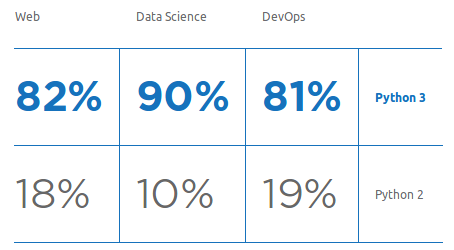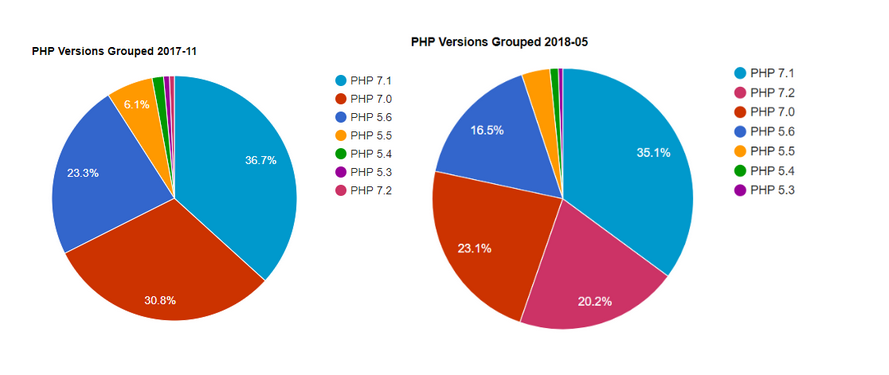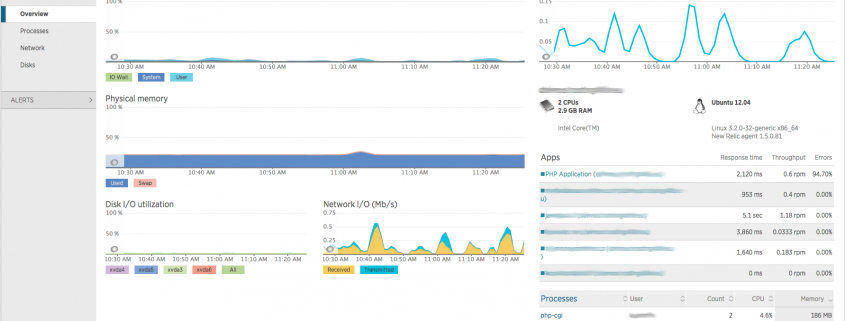Today (14 Nov 2017) New Relic are making their ‘Alerts’ and ‘Server’ services end of life (EOL). This will impact anyone who used this service to monitor server resources such as CPU, Memory, Disk Space and Disk IO. All existing alert policies will cease from today.
If you rely on these alerts to monitor your servers then hopefully you have a contingency plan in place already but if not below are your options….
If you do nothing
New Relic Servers will go EOL TODAY (14 Nov 2017) and data will stop being collected. You would no longer be able to monitor your system resources meaning outages that could have otherwise been prevented could sneak up on you. We do not recommend this option. See below on how to remove the `newrelic-sysmond` daemon.
Upgrade to New Relic Infrastructure
“Infrastructure” is their new paid server monitoring offering. Infrastructure pricing is based on your servers CPU so prices vary and offers added functionality over the legacy New Relic Servers offering. The maximum price per server per month is $7.20 however the minimum monthly charge is $9.90 so it’s not effective if you’re only looking to monitor your main production system. Most of the new functionality is integration into other products (including their own) so it’s up to you if this additional functionality is useful and worth the cost for your requirements.
Dogsbody Technology Minder
Over the last year we have been developing our own replacement for New Relic Servers using open source solutions. This product has old New Relic Server customers in mind giving all the information needed to run and maintain a Linux server. It also has the monitoring and hooks required to alert the relevant people of issues allowing us to prevent issues before they happen. This is a paid service but it is included as standard with all our maintenance packages so any customers using New Relic Servers are being upgraded automatically. If you would like further information please do contact us.
Another alternative monitoring solution
There are plenty of other monitoring providers and solutions out there from in-house build your own open source solutions to paid services. Monitoring your system resources is essential in helping to prevent major outages of your systems. Pick the best one for you and let the service take the hard work out of monitoring your servers. We have experience with a number of implementations including the TICK stack (Telegraf, InfluxDB, Chronograf, Kapacitor) and Prometheus.
Removing the `newrelic-sysmond` daemon
If you were using New Relic Servers then you are running the `newrelic-sysmond` daemon on your systems. While New Relic have turned the service off we have confirmed with them that the daemon will keep running using valuable system resources.
We highly recommend that you uninstall the daemon (tidy server tidy mind) following New Relic uninstallation guide. That way it won’t take much of your system’s resources, and minimal impact is to be expected.
Happy Server Monitoring
If you need help, further advise or to discuss our monitoring solutions please do contact us.







 Upgrade from PHP 7.1 before the 1st December 2019.
Upgrade from PHP 7.1 before the 1st December 2019.
